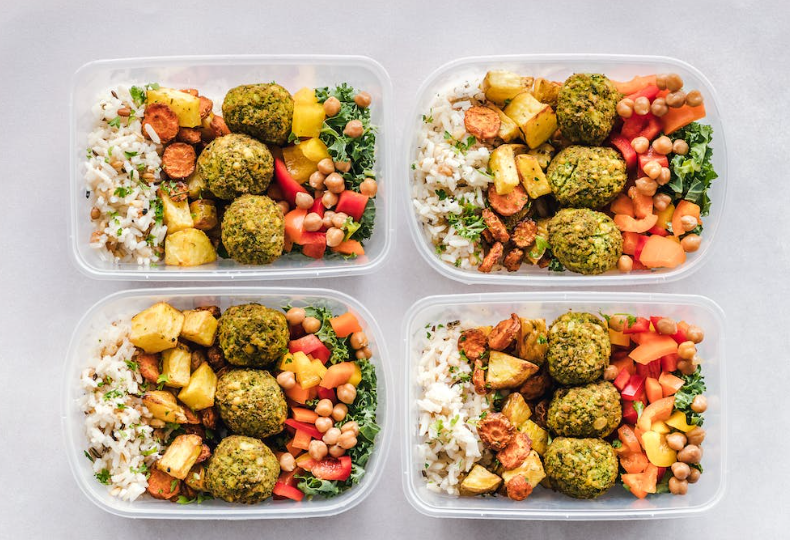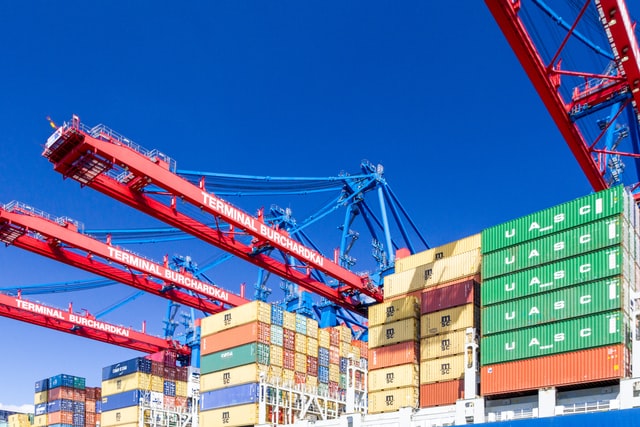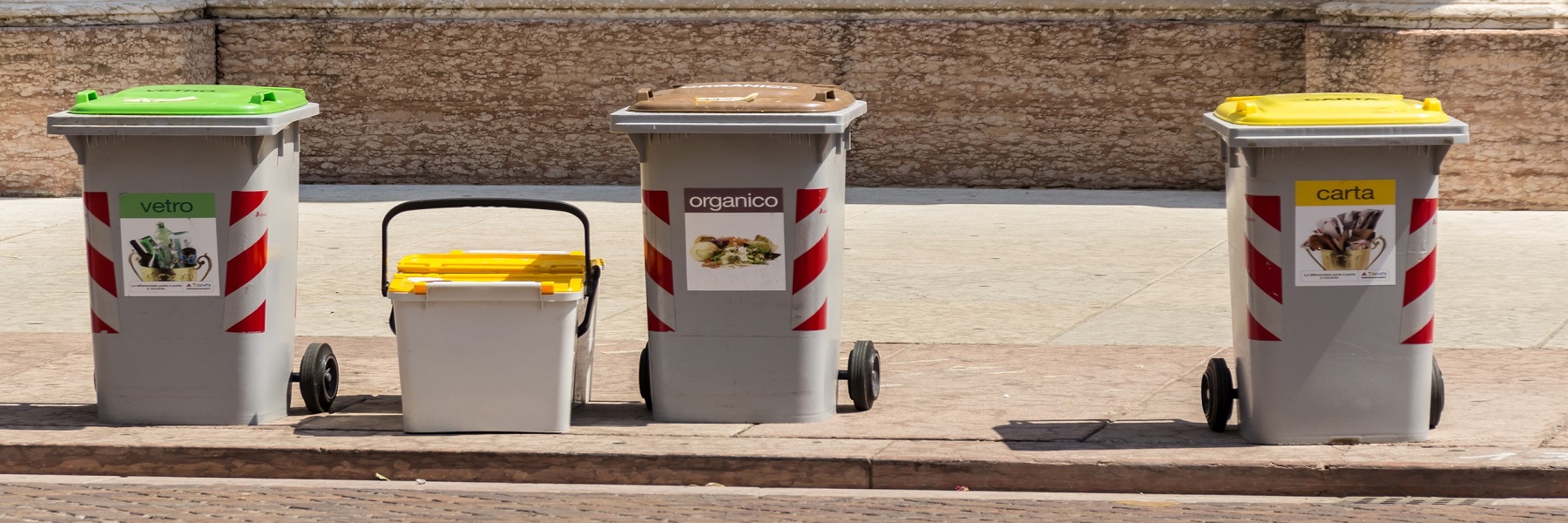
Food packaging plays a vital role in preserving the quality and safety of food products. In Australia, where the climate varies significantly across regions, the importance of effective food packaging cannot be overstated. This article explores best practices in food packaging, focusing on the Australian context.
Understanding the Basics of Food Packaging
Food packaging serves multiple purposes. It protects food from external contaminants, extends shelf life, and maintains the nutritional value of food. In Australia, where the food industry is robust and diverse, packaging must cater to a wide range of products, from fresh produce to processed foods.
Materials used in food packaging include plastic, glass, metal, and paper. Each material has its advantages and limitations. For example, plastic is lightweight and versatile but raises environmental concerns. Glass is excellent for preserving taste but is heavier and more fragile. The choice of material depends on the food product, its shelf life, and the distribution process.
Innovations in Sustainable Packaging
Sustainability is a growing concern in the food packaging industry. Australian consumers are increasingly aware of the environmental impact of packaging. This has led to innovations in biodegradable and recyclable materials. For instance, bioplastics made from natural materials like corn starch are gaining popularity. These materials decompose faster than traditional plastics and have a lower carbon footprint.
Another sustainable approach is the use of reusable containers. This concept is gaining traction in the Australian market, with some retailers encouraging consumers to bring their containers for bulk purchases.
Food Safety and Regulatory Compliance
Food safety is paramount in packaging. Australian food packaging must comply with national standards that ensure products are free from harmful chemicals and contaminants. Regular testing and quality control are essential to maintain these standards. Packaging also plays a role in food security, preventing tampering and ensuring the integrity of the product.
The Role of Packaging in Marketing
Beyond its functional role, packaging is a powerful marketing tool. It communicates brand values, attracts consumers, and provides product information. In the Australian market, where competition is fierce, innovative and attractive packaging can make a significant difference in product appeal.
Embracing Technology in Australian Food Packaging
The Australian food packaging industry is increasingly integrating technology to enhance food safety, extend shelf life, and improve sustainability. Innovations such as smart labels provide real-time information about the food’s condition, while advanced materials like oxygen scavengers in active packaging extend freshness.
3D printing technology also offers customized and sustainable packaging solutions, aligning with consumer preferences for transparency and environmental responsibility. These technological advancements are crucial in shaping the future of food packaging in Australia.
Ensuring Quality and Sustainability
In conclusion, effective Australian food packaging solutions are crucial for maintaining the quality and safety of food products. As Australia continues to prioritise sustainable practices, the food packaging industry is evolving to meet these challenges. From innovative materials to stringent safety standards, the focus is on delivering packaging solutions that are both effective and environmentally responsible. Consumers play a pivotal role in this shift towards sustainability, as their preferences and buying habits influence industry practices.
For further insights into sustainable practices in food packaging globally, a comprehensive look at modern packaging technologies can be enlightening. This topic covers the latest advancements and trends in the industry, providing a broader perspective on how different countries are tackling the challenges of sustainable food packaging.


